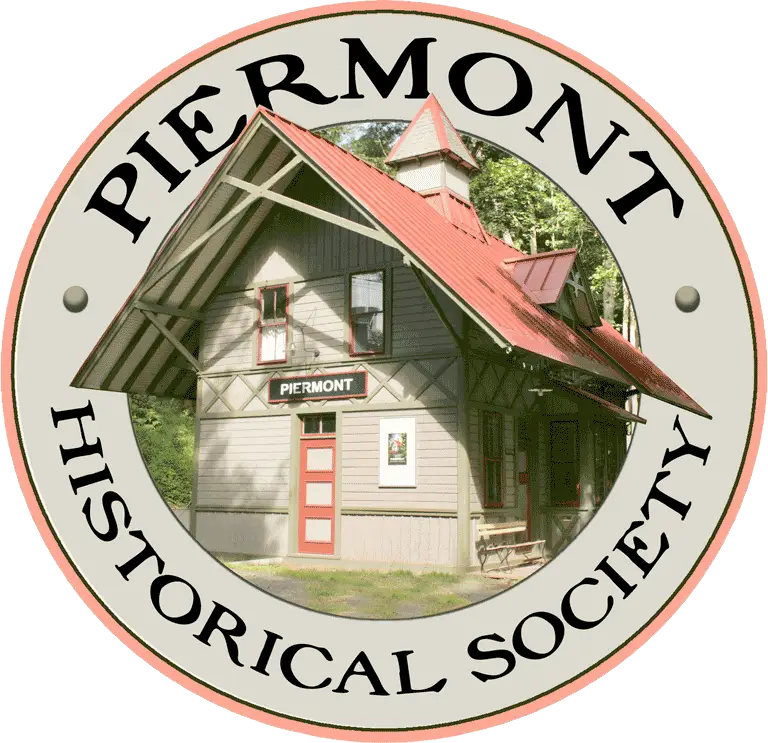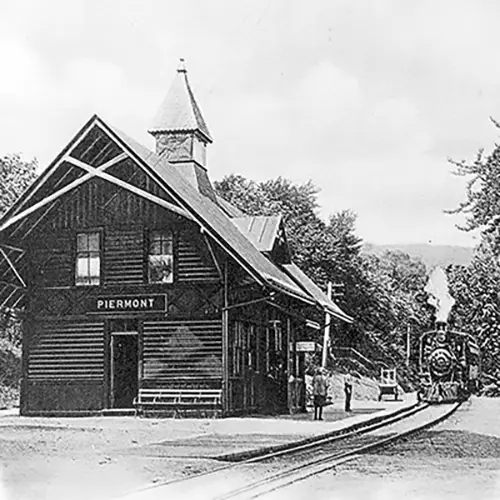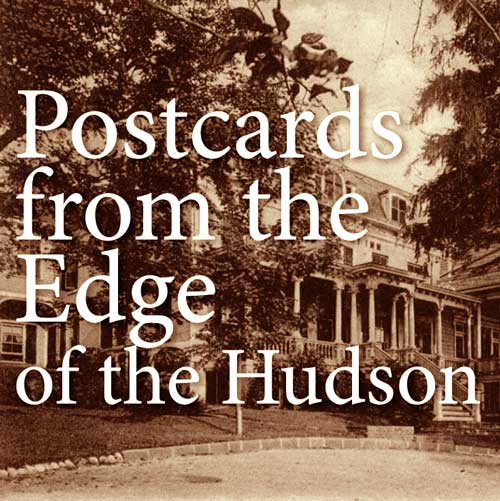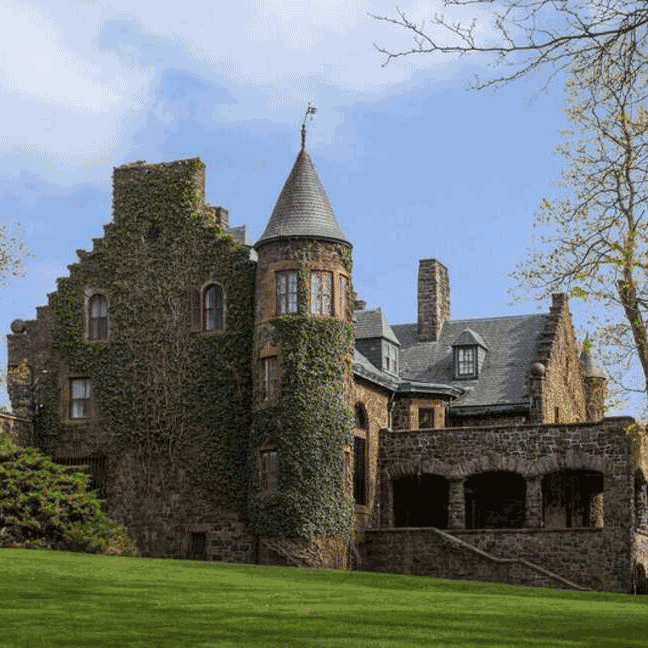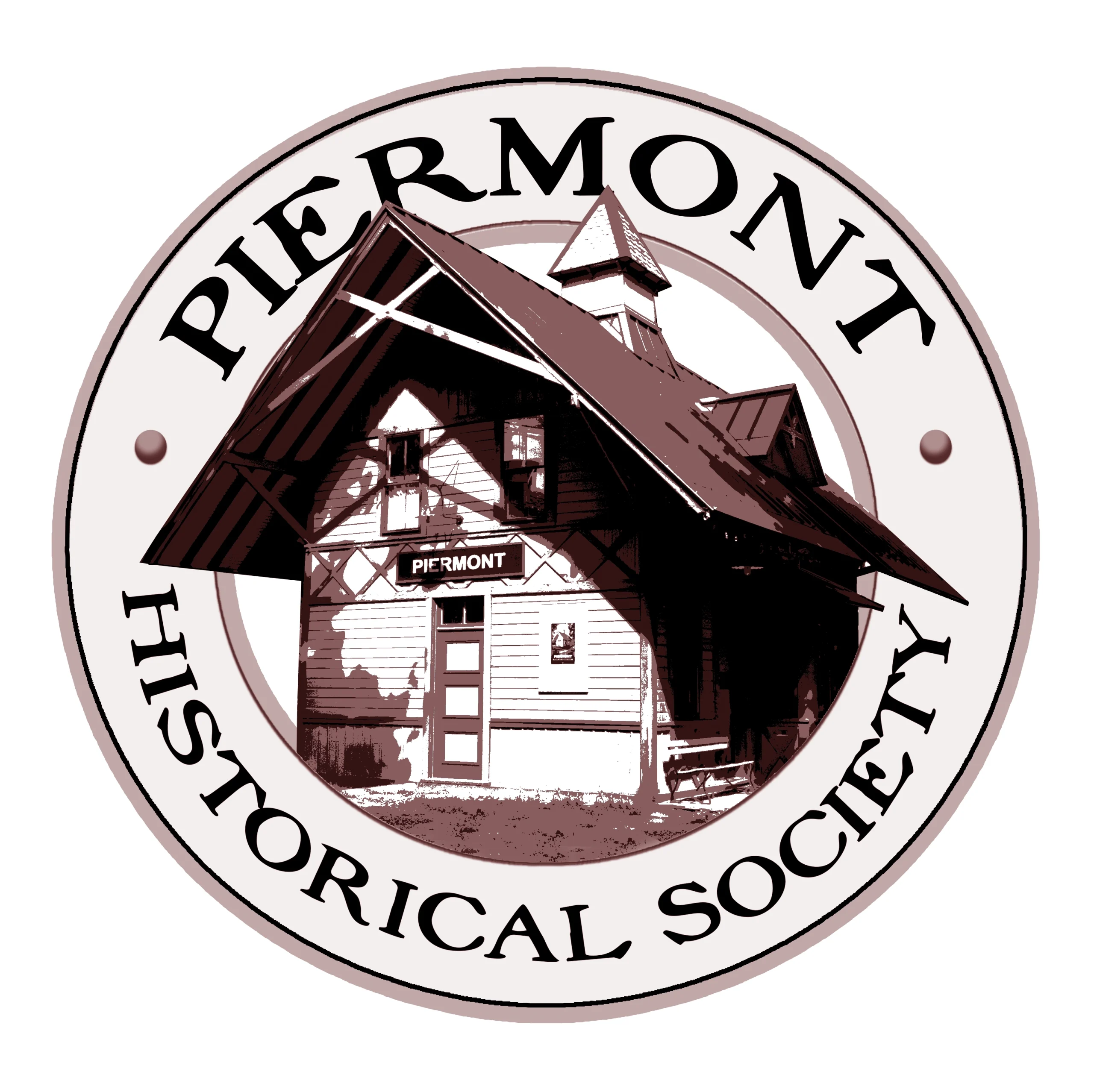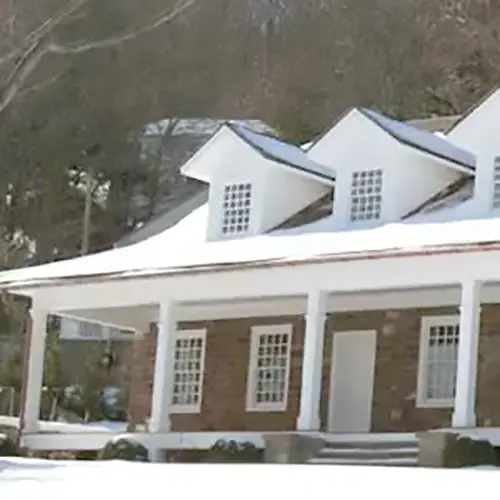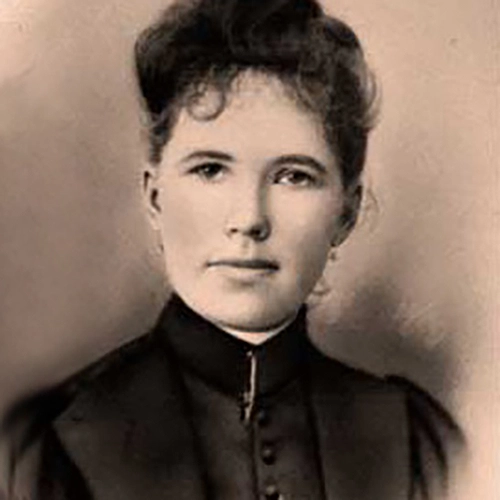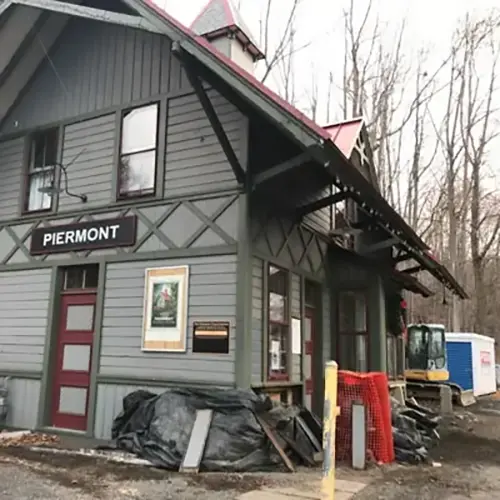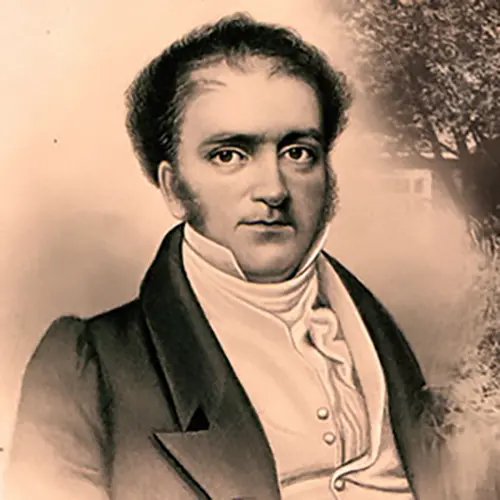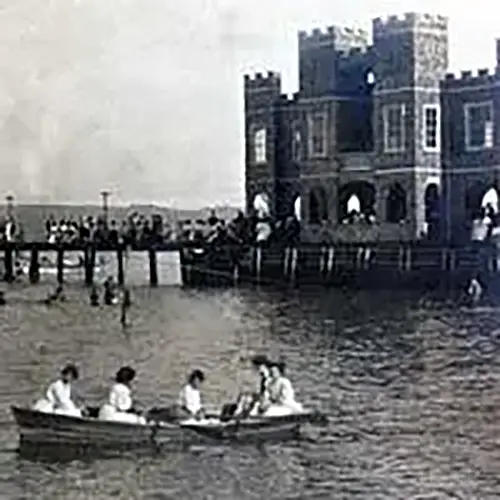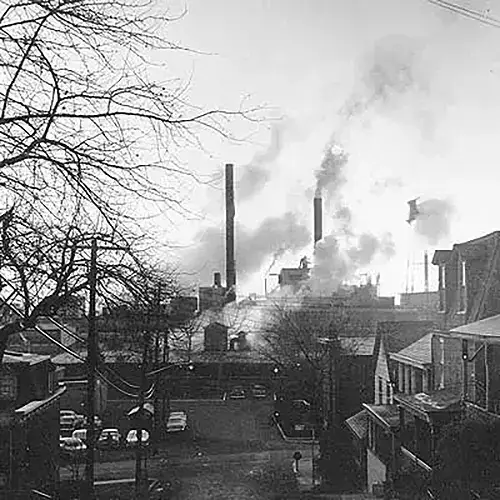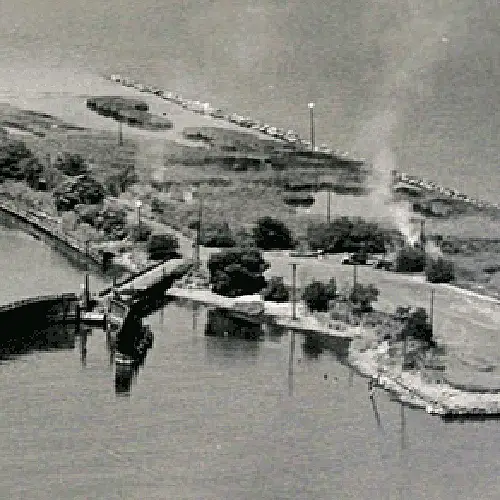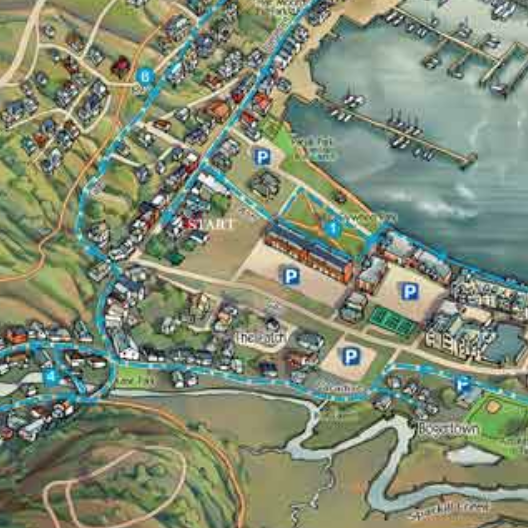
In 1942 the United States went to war!
On September 25th, 1942, Major Drew Eberson, of the U.S. Army Corps of Engineers, told property owners in Orangetown, New York of the army’s decision to build Camp Shanks, an army debarkation camp, in Rockland County. Under the War Powers Act, the army would authorize the seizing of 1,365 acres of land and residents of the effected areas had two weeks to move out.
Troops began arriving by train from all across the nation when the camp opened in 1943. Seven staging areas accommodated 46,000 troops at a time with 2500 buildings providing housing, offices, medical services, and entertainment facilities.

By 1944, tens of thousands of troops were being sent overseas from the camp. Most soldiers spent between 7 to 12 days awaiting deployment. Once Piermont Pier was reinforced and wood planking was laid, troops marched and rode trucks 4 miles to Piermont Pier where transport vessels at the newly built ferry slip awaited. From the Pier, the G.I.s were taken to New York Harbor where they were transfered to troopships to serve their country overseas. For many, Piermont was the last time the soldiers would set foot on American soil and became know as “Last Stop USA.”
Small town makes a big contribution
At the time Piermont was a small factory town. The paper factory made ration cartons, ammo containers and cardboard boxes for blood plasma bottles.
Haddock Hall made ripcords for parachutes and ribbons for good conduct medals. Rationing became a way of life. Stamps were needed to buy food, clothing and gas. Red, white and blue banners with stars began to appear in the windows of homes indicating the households that had soldiers overseas.
Nervous parents served as wardens enforcing a 9pm curfew for all under the age of 18 to protect their daughters from girl-watching servicemen. In June of 1944, the first POWs arrived at the pier. German and Italian prisoners of war were processed at Shanks and distributed to 150 camps across the US. At the end of the war, many POW’s were returned to Europe by way of the pier. The last German POWs set sail from Piermont on July 22nd 1946.
Veterans began arriving back to the states as the war ended. For two months after VE Day, 45,484 troops sailed directly from Europe up the Hudson to Piermont on their way home. Piermont had lost 11 soldiers to the war effort: Vincent Bradner, Vincent DeLongis, Richard Fournier, John Galgano, Jesse Goswick, Bernard Haring, Dennis Hogan, Edward Ingram, George Pinto, Peter Sbordone and Peter Scolaro.
Learn more in Gold Star Speeches.


Piermont Books and DVDs

The Hidden Legacy
Eleazar Lord was not only a railroad builder. He was a behind-the-scenes force for a number of major changes in the country. He was the author of a number of financial treatises, one of which influenced the State of New York in the 1830’s to overhaul its banking system, a move soon imitated by several other states. Find out more about this Piermont resident in Ralph Titus’ fascinating book, Eleazar Lord: The Hidden legacy.

Piermont During WW II
Winner of the People’s Choice Award at the 2016 Nyack Film Festival, our documentary explores the role of Piermont during World War II. Nicknamed “Last Stop USA”, the pier was the last place over a million service men and women touched American soil before heading off to war. Narrated by Grammy award winning artist Tom Chapin, we hear from residents about life in Piermont before, during and after the second world war.

Stories from the Factory
Before the condominiums, Piermont’s Pier was home to a Papermill that dominated the village landscape for over eight decades. The factory had a major impact on the village and its residents for generations. Narrated by Grammy award winning Tom Chapin, this documentary features interviews from factory workers, stories from residents who grew up in the shadow of the paper mill and rare photos of the inside of the factory.
